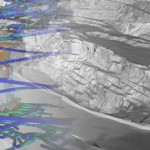 |
|
|
|
BE produces high fidelity discontinuum, non-linear models to assist design for mining, civil and oil and gas engineering. We work with our clients to re-engineer their designs if needed, or else, we can provide the results in high resolution for on-site use. The model database can be interrogated interpreted and ground truthed on site, in your own time […] |
|
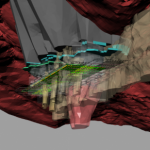 |
|
|
|
BE specialises in the design and application of multi-scale and multi-physics geotechnical numerical simulations. Our goal is to run physics based simulations of rock mass deformation based on uncompromising mechanical and physical principles. A key part of this goal is to achieve similitude, i.e. you’ll match the simulation results to the real, day-to-day observations and measurements from your mine or project site. […] |
|
 |
|
|
|
The presence of groundwater has an impact on productivity at underground operations. Conventional design approaches focus on either hydrological or mechanical simulations, without acknowledging the inter-connectivity of both problems. To overcome this limitation Beck Engineering developed a framework to efficiently solve transient, hydro-mechanically coupled, discontinuous problems even for large-scale, three dimensional, models with complex geometry and multiple excavation sequences. […] |
|
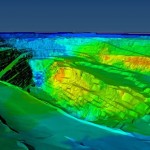 |
|
|
|
BE can simulate your entire mine, incorporating structures and discontinuities from the smallest to largest length scales[…] |
|
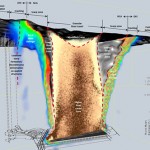 |
|
|
|
To better estimate the likely performance of caving mines (block caves, sublevel caves, front caves, longwalls), a tool that properly accounts for the physical coupling of the cave material to the un-caved rock mass and the draw schedule, driven by the physics of both parts of the problem is needed. No such tool was available […] |
|
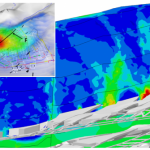 |
|
|
|
BE introduced mine scale, hydromechanically coupled discontinuum 3d modelling to the coal industry as a new standard for everyday modelling tasks […] |
|
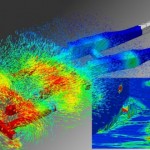 |
|
|
|
Beck Engineering simulates the cumulative effects of repeated dynamic loading by blasts, seismic events and earthquakes on built structures and excavations. We target realistic dynamic ground motions across a wide range frequencies, using 3d strain-softening models, incorporating built structures, discontinuities, ground reinforcement, and high resolution geology […] |
|
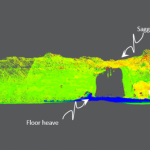 |
|
|
|
The benefits of using laser scans for recognising ground movements has been long known. Until recently this has been a cumbersome and time consuming task. BE is now able to offer a quick and accurate method using portable laser scanning devices. […] |
|
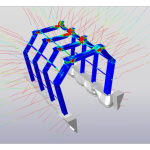 |
|
|
|
To reliably simulate the ground support response, ground deformation must be captured accurately, which means that the mechanisms of rock mass damage, dilation and deterioration must first be correctly simulated. BE uses a multi-scale, discontinuum approach to improve the simulation reliability of ground support capacity and demand […] |
|
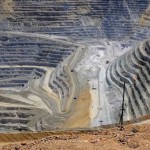 |
|
|
|
BE’s mining engineers are experienced expert witnesses and provide strategic technical advice in our areas of expertise to boards and decision makers across the world […] |
|
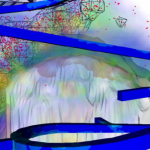 |
|
|
|
BE’s strain-softening, dilatant LR2 finite element models have been demonstrated to reliably forecast seismogenic potential at operations across the world, […] |
|
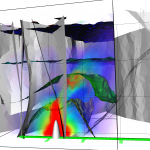 |
|
|
|
The presence of groundwater has an important impact at many mining sites. The pore water pressure (pwp) affects the stresses within the solid skeleton of the porous material, thus deformations (subsidence), strains and the amount of damage. Also, for the hydrological response, the drainage required to sufficiently affect the pwp distribution around excavations, as well as the expected influx rates associated with this drainage schedule are of great interest. This problem is a coupled problem: […] |
|
 |
|
|
|
BE uses 3D, discontinuum models that can capture fault flow, fault slip, reservoir depletion induced seismicity and subsidence from a field to a well scale […] |
|
 |
|
|
|
There is a trend for open pits to be mined to greater depths than before. The greater depths are leading to higher underlying strains in the slope and failures arising from rock mass instability have become more prominent. These failures include instabilities resulting from the combined effects of induced slope damage and structure, as well as structurally controlled failures that pure kinematic analysis does not forecast […] |
|
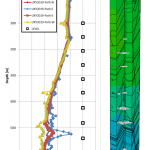 |
|
|
|
BE specialises in shaft deformation management. We work with mines across the globe that have highly deformed shafts to plan extraction and maintain their shafts. […] |
|
 |
|
|
|
BE specialises in application of advanced, multi-scale, discontinuum modelling tools to simulate open stope overbreak, access conditions, filling and induced seismicity. We are the only provider of probabilistic simulation for stope overbreak potential. […] |
|
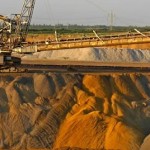 |
|
|
|
With BE’s constitutive models and higher order, multi-scale approaches, almost any damage and dilation mechanism in rock can be replicated. The key to all our modelling is simple, sound modelling practice. […] |
|
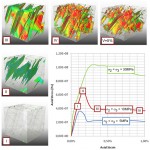 |
|
|
|
Each year BE conducts extensive internal research, especially in the areas of rock property estimation, rock strength scaling, homogenisation and multi-physics modelling. […] |
|



































